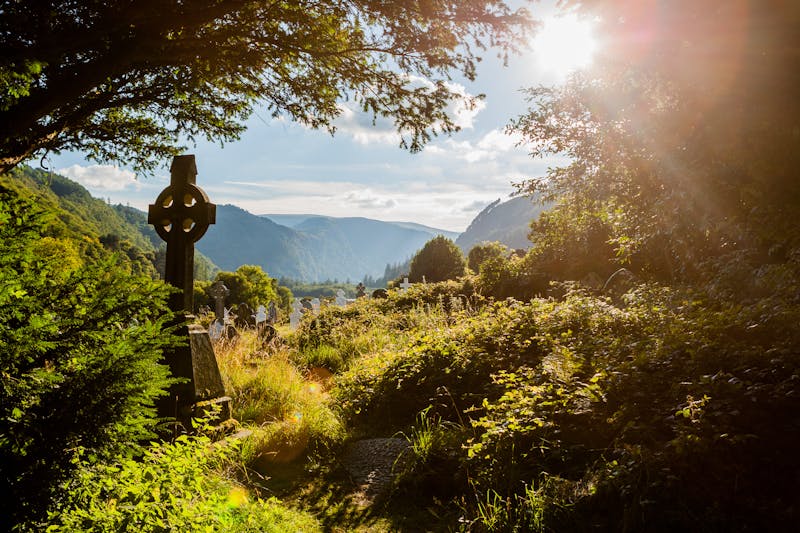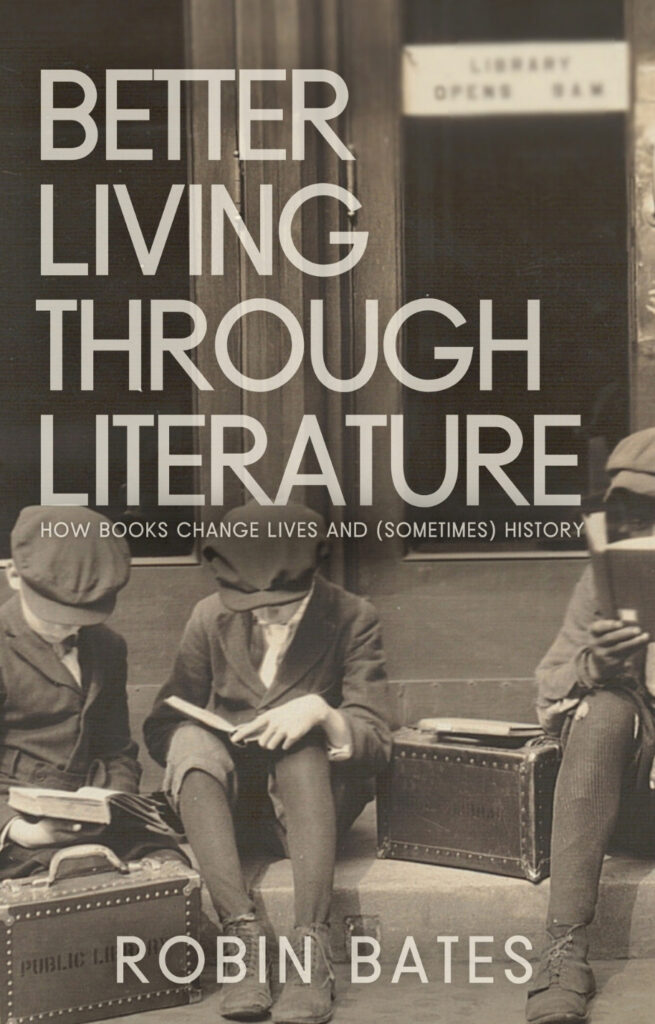Note: If you wish to receive, via e-mail, (1) my weekly newsletter or (2) daily copies of these posts, write to me at rrbates1951@gmail.com. Comments may also be sent to this address. I promise not to share your e-mail with anyone. To unsubscribe, write here as well.
Trinity Sunday
Church friends of mine inform me that clergy often dread giving the sermon for Trinity Sunday. With the Holy Spirit’s Pentecostal entry into the world, an explanation was needed for who exactly it was that Christians were worshipping: God, Jesus, or this inner spirit? Out of this arose bitter debates, not to mention more than a little confusion. As John Gatta explains in Green Gospel: Foundations of Ecotheology, there is a supposition “that the Trinity is a forbidding abstract and abstruse doctrine—hence one that might best be left unmentioned in public discourse.”
Gatta’s book contends that Christianity provides us with powerful guidance in how to honor the natural world, and this includes the concept of the Trinity. Yet Gatta observes that people often see the Trinity as
inherently problematic rather than illuminating. If regarded mainly as an esoteric puzzle beyond our capacity to solve, then this doctrine looks indeed to be a barrier rather than a breakthrough to fuller understanding.
And indeed, other religions have sometimes regarded Christianity as polytheistic rather than monotheistic. After all, how can God be “three in one”? Gatta’s discussion of the Trinity, however, makes it anything but abstruse. Rather, it captures the way that nature lovers actually experience nature.
To explain, Gatta provides us with a Wordsworthian example. He reports that,
as I sit quietly to watch a cascading watercourse somewhere in Yosemite Valley or the Adirondack Mountains, I sense a flow of divine spirit that seems to be at once within and yet beyond the physical scene I am trying to absorb. The way we experience God in these moments cries out for something more than an either/or solution: God beyond us or God within us.
In other words, the doctrine of the Trinity, while appearing to be a logical contradiction, is instead a way of getting at some of the deepest paradoxes of existence. Think of using it, for instance, to describe Tennyson’s experience upon encountering a “Flower in the Crannied Wall”:
Flower in the crannied wall,
I pluck you out of the crannies,
I hold you here, root and all, in my hand,
Little flower—but if I could understand
What you are, root and all, and all in all,
I should know what God and man is.
The poet is simultaneously seeing “root and all” and “all in all.” There is something that is both in the flower and beyond it. Wordsworth describes the same experience when, at the conclusion of Intimations of Immortality, he declares, “To me the meanest flower that blows can give/ Thoughts that do often lie too deep for tears.” We may not to be able to logically explain how something can be both immanent and transcendent but we feel it.
With the concept of the Trinity, Christianity avoids both the idea that God is detached from nature (what theologian John Macquarrie calls “monarchical monotheism”) and the idea that God is the same as nature (pantheism). Rather, God is both the generative force beyond nature and a participant in it. God did not create the universe and then sit back but instead fully entered creation, becoming active in all the wondrous and unpredictable forms that nature takes. Rather than being at odds with evolution, as some creationists insist, God is evolution, even as God is simultaneously the spirit behind and beyond evolution. God became one with a human being—Jesus—and by means of Jesus’s guidance and the breath of the Holy Spirit, God becomes one with all that will open their hearts to Him/Her.
Poetry makes this point clearer than theology, and Gatta quotes from a hymn that we will be singing in church today. “St. Patrick’s Breastplate” is taken from a medieval Irish prayer with Druidic origins, origins that become particularly clear in parts of the prayer that do not show up in the hymn:
Against spells of witches and smiths and wizards,
Against every knowledge that corrupts man’s body and soul;
Christ to shield me today
Against poison, against burning,
Against drowning, against wounding,
So that there may come to me an abundance of reward.
There’s plenty in the hymn itself, however, that points to Ireland’s pagan roots, which were never fully eradicated from Celtic Christianity and which help explain its richness. Nature plays a major role in Christian revelation, as Gatta notes when writing about the hymn’s fourth stanza. He notes that the “strong name” of the Trinity, equivalent to a formidable breastplate or a Gaelic protection prayer, is “a name bound up with the force of ‘lightning free’ and those ‘old eternal rocks.’”
I bind unto myself today
The virtues of the starlit heaven,
The glorious sun’s life-giving ray;
The whiteness of the moon at even,
The flashing of the lightning free,
The whirling wind’s tempestuous shocks,
The stable earth, the deep salt sea
around the old eternal rocks.
Because the speaker feels kinship with these natural forces—with God’s creation—he or she can confidently assert that Christ is both within and without:
Christ be with me, Christ within me,
Christ behind me, Christ before me,
Christ beside me, Christ to win me,
Christ to comfort and restore me,
Christ beneath me, Christ above me,
Christ in quiet, Christ in danger,
Christ in hearts of all that love me,
Christ in mouth of friend and stranger.
There is nothing esoteric with how the speaker sees the concept of the Trinity here. Rather, as Gatta writes, there is a joyous dance between Father, Son, and Sprit, a dance of life that we are invited to join, comprised as it is of “a joyous rhythm mirrored in the rush of subatomic particles or in the ongoing symphony of kinesis performed by cosmological bodies.” Gatta notes that it’s a vision captured in the final canto of Dante’s Paradiso, where pilgrim Dante
is privileged to receive at least a mediated glimpse of the Beatific Vision. That vision includes, in addition to the Celestial Rose peopled by the communion of all saints, God’s great book of Eternal Light, binding with love within its leaves all that is or ever was of Creation.
Or in Dante’s concluding words, “The love that moves the sun and the other stars.”
Follow-up note: Gatta quotes priest Michael Mayne as imagining that God’s first question at judgment will be, “Did you enjoy my creation?” I think of Mary Oliver, a poet who makes a concerted effort to drink in nature’s wonders and who sees her felt connection as a gift from God. In her poem about a yellow-breasted chat, a bird that sings at night, God the creator and God the immanent spirit are one and the same:
The Chat
By Mary Oliver
I wish
I were
the yellow chat
down in the thickets
who sings all night,
throwing
into the air
praises
and panhandles,
plains,
in curly phrases,
half-rhymes,
free verse too,
with head-dipping
and wing-wringing,
with soft breast
rising into the air-
meek and sleek,
broadcasting,
with no time out
for pillow-rest,
everything-
pathos,
thanks-
Oh, Lord,
what a lesson
you send me
as I stand
listening
to your rattling, swamp-loving chat
singing
of his simple, leafy life-
how I would like to sing to you
all night
in the dark
just like that.


